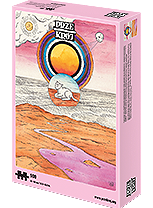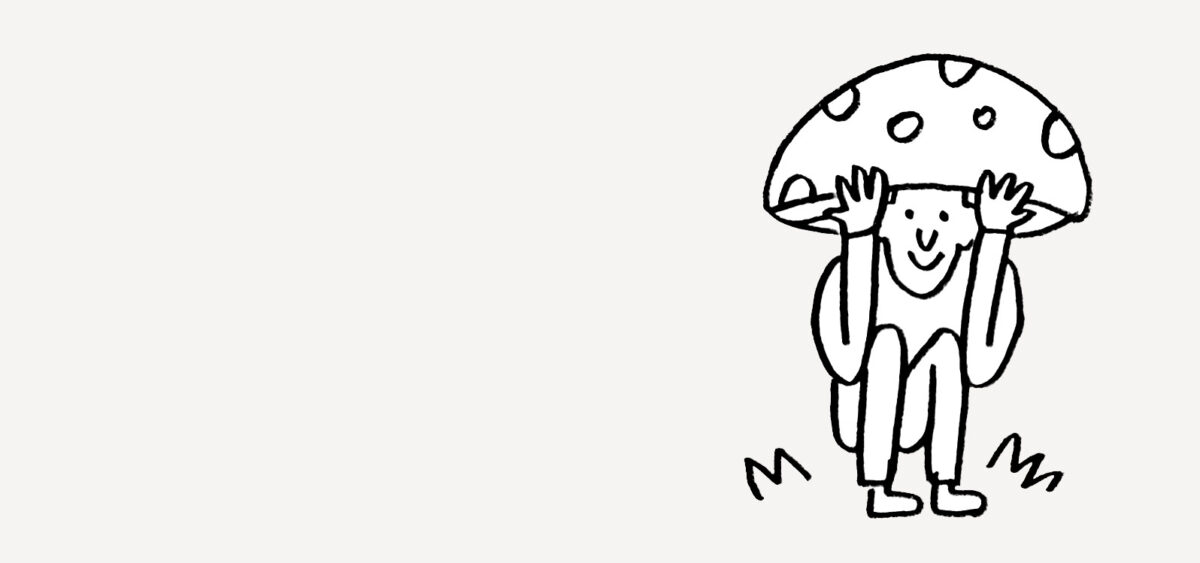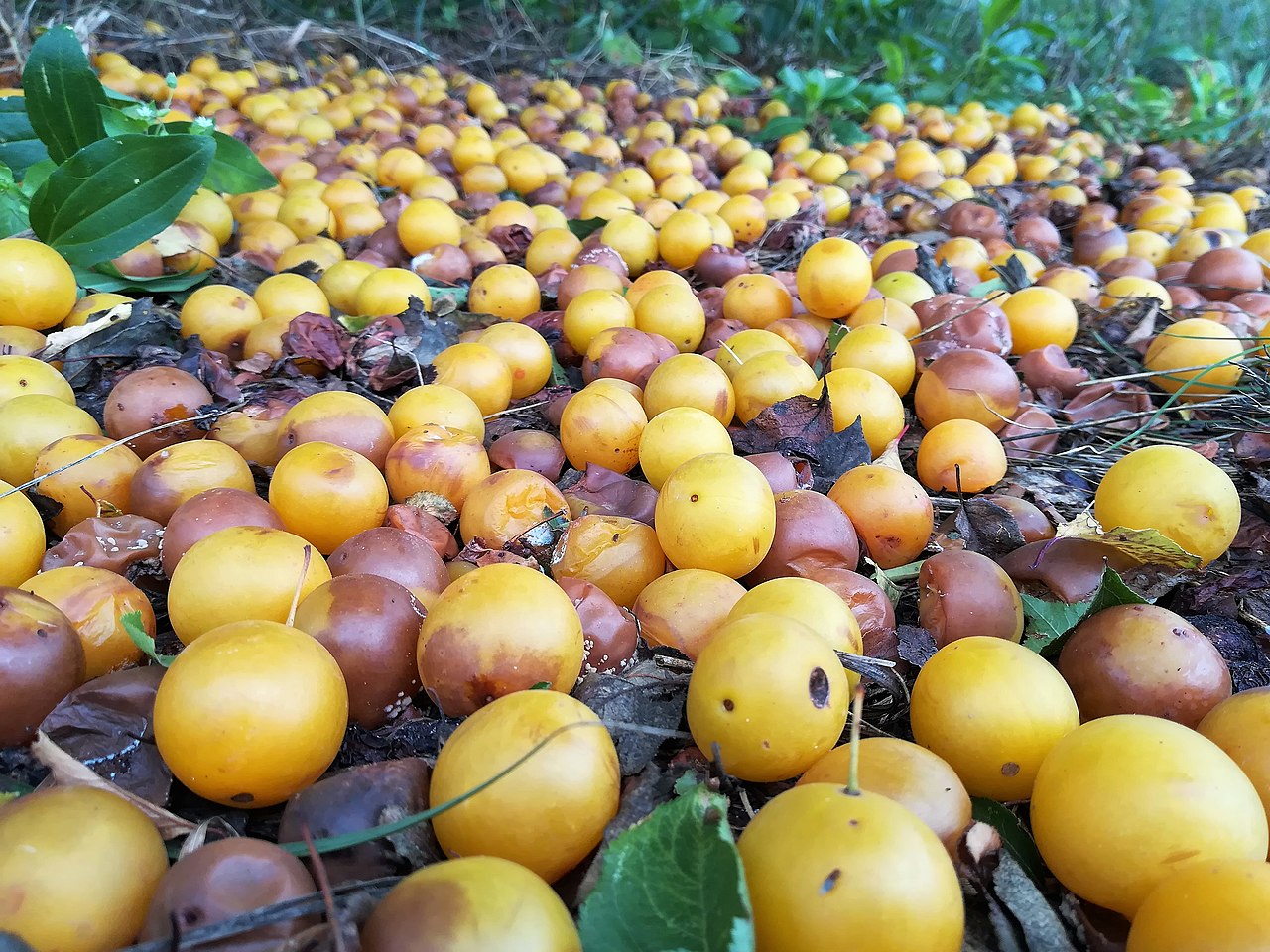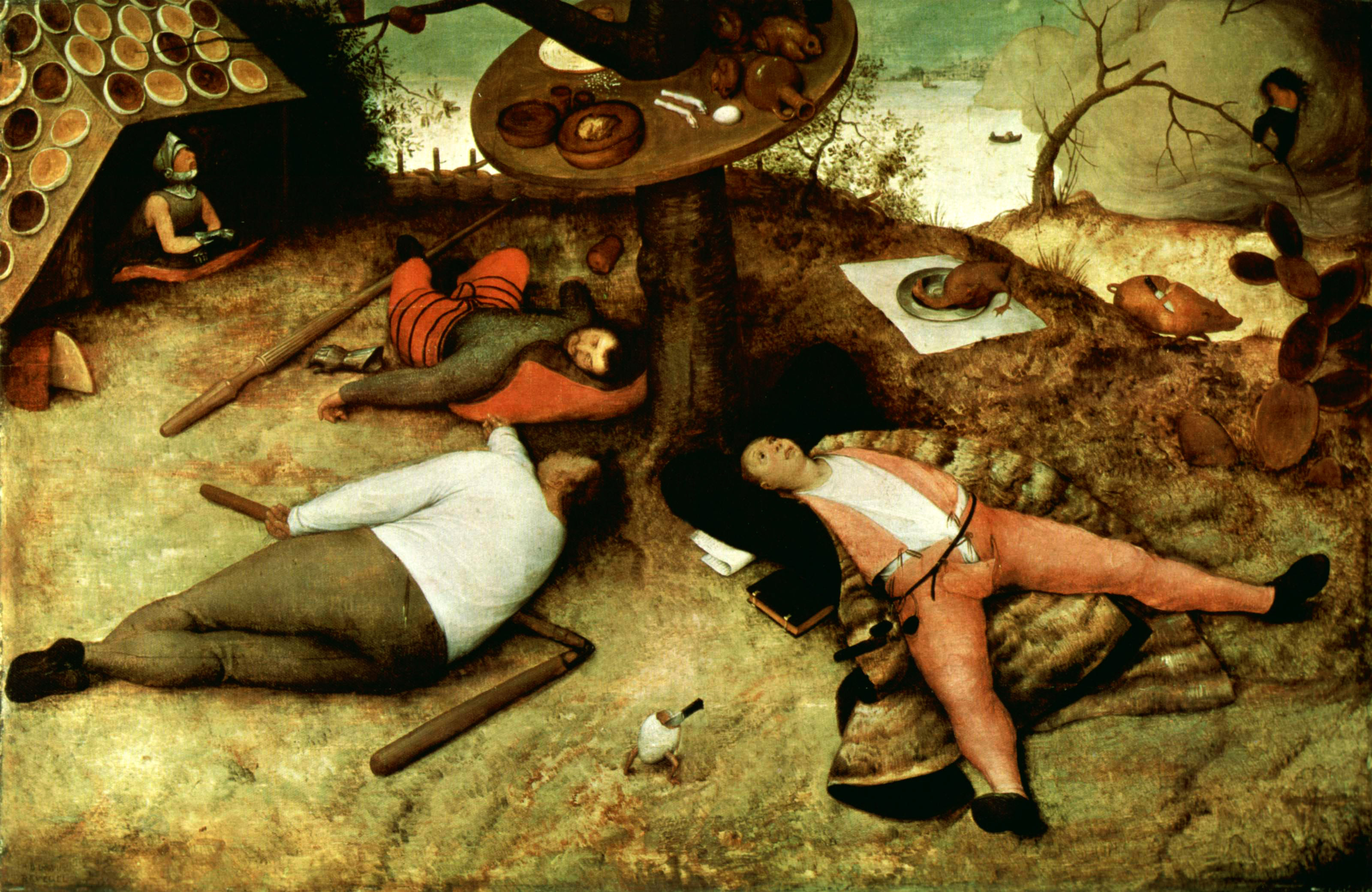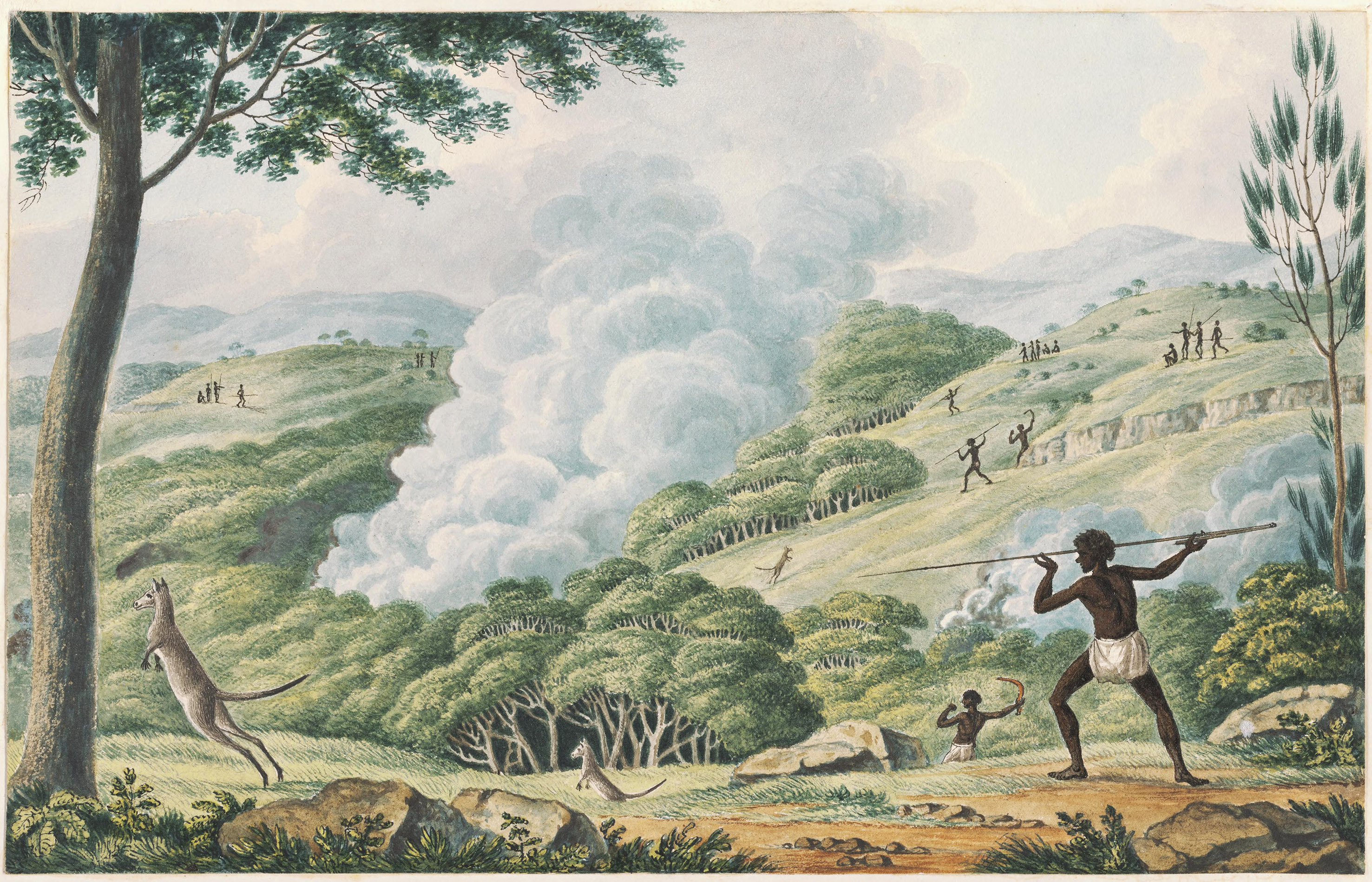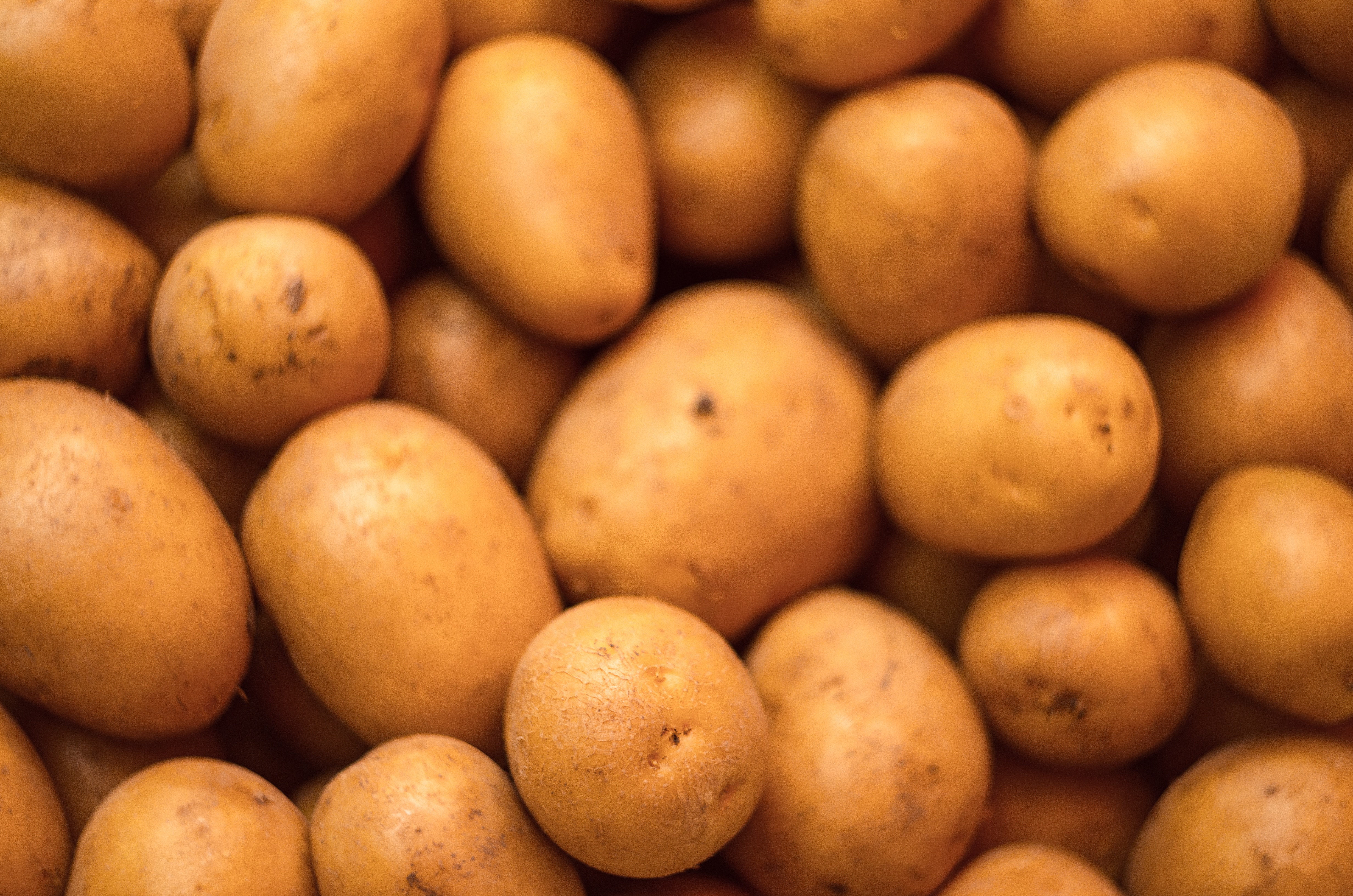
Homemade yeast or avocado grown from the stone? How banal and boring! Now, with a bit of will and a stroke of luck, we can have homegrown… edible mushrooms. It might just work!
Growing tomatoes on the balcony and basil in the kitchen isn’t enough for some. With a bit of effort, enthusiasts of home-farming can ensure they have a constant supply of mushrooms.
For the past few weeks, my partner has been asking me to get some oyster mushrooms at the supermarket. Unfortunately, although closed cup mushrooms are always available – whole or sliced – there’s no sign of oyster mushrooms. It turns out that in such a situation, it is easier to grow them yourself.
“Amateur mushroom growing in basements, bathrooms and on balconies is increasingly frequent,” admits Julia Pawłowska from the Department of Molecular Phylogenetics and Evolution at the University of Warsaw Biological and Chemical Research Centre, secretary of the Polish Mycological Society. I check online. It looks like at home (or nearby) it is possible to grow not only oyster mushrooms, but closed cup mushrooms too, among others. You can also go wild and take a chance on species that don’t appear in Poland, for example Asian ones.
Let’s focus on the oyster mushroom first. I learn that it can be farmed using various methods. The first one requires small stakes covered with the mycelium, or the thallus, on which the edible part of the fungus can develop. The stakes need to be placed in holes drilled into a chunk of healthy wood. Once this block has been placed in the garden, mushrooms should appear on it within a few months. According to Pawłowska: “It’s not an easy solution. Growing oyster mushrooms on stakes was practically always unsuccessful for me, regardless of whether I kept the block in the garden or in the bathroom. At high humidity, this wood is easily infected with other species of fungus.”
One can also buy kits consisting of dry substrate or an organic base, and mycelium on cereal grains. According to the instructions, you place the mycelium in the base and wait between four to eight weeks for the mushrooms to appear.
Oyster mushrooms from a pallet
There is also a different solution: a ready-made straw pallet suffused with mycelium. The straw is placed in a sack with holes through which the mushrooms grow. The first crop is ready in no later than a dozen days or so. “This might be the easiest way,” claims Pawłowska. “I’ve never had an unsuccessful crop. My family and I haven’t bought oyster mushrooms in a long time, we’ve got our own.”
The mycologist also grows oyster mushrooms with her students: “The manufacturers claim that one pallet can yield, for example, up to seven kilograms of mushrooms before you need to buy a new one. We’ve stopped doing that – we just buy straw, mix it in with the old one, and then put it in damp sacks.”
The pallet can be placed in the basement or the garage, but even the bathroom or the balcony can provide ideal conditions. The most important thing is that the temperature stays below 25°C, and that the mushrooms, once they start appearing, have access to light and air.
“I don’t recommend keeping the pallet inside the flat; the right microclimate won’t happen. The basement or the garage are better,” advises Alojzy, a producer of mycelium and bases for mushroom farming. “Even if you can’t keep the right temperature and dry out the mushrooms, they’ll still be incomparably tastier than shop-bought ones. The mushrooms at the supermarket are at least a week old and don’t breathe under the foil.”
When growing edible mushrooms at home, we needn’t worry that they’ll start spreading to our walls. The danger might come from a different direction: the straw contains spores of mould, which can harm those allergic to it.
Home-grown champignons
Champignons, or closed cup mushrooms, also reign supreme at home farms. They are a little more sensitive than oyster mushrooms. It’s best to buy ready-made mycelium and place it on a base, such as horse manure. However, if you don’t currently happen to have access to horse manure, you can buy a small kit for growing closed cup mushrooms. The box should stand in a cool place and be watered according to instructions. After two or three weeks the champignons will appear. Or not.
“People don’t understand that fungi are live material,” explains Alojzy. “They think it’s like furniture: I have the instructions and I put it together step by step. At a specific point you must react in a particular way. With champignons, temperature is key, and they can’t get too dry either.”
I ask Julia Pawłowska whether I have to use ready-made solutions. Can’t I just propagate shop-bought champignons or oyster mushrooms? “Of course – it’s possible, but more difficult,” she answers. “Mushrooms at the shop usually aren’t fresh enough to be easily propagated by fragmenting the mycelium. The crop would need to be started via a different method. Mushrooms reproduce sexually by producing spores. Oyster and closed cup mushrooms have masses of them. We can obtain them by placing the cap on a sheet of paper, onto which they’ll fall. They look like fine sand or pepper. When we put the spores on a damp, appropriate base, we can hope they’ll produce mycelium. However, mycelium developed from spores is fragile and must encounter another sprouting mycelium, with which it will create a stronger one.”
The divine factor
More ambitious people would surely like to grow forest mushrooms: boletes, ceps or chanterelles. The market is full of preparations with mycelia or spores that are supposed to help conjure up such specimens in our own gardens. However, specialists are cautious.
“Growing forest mushrooms is virtually impossible, unless there’s an unbelievable coincidence,” Pawłowska says. Alojzy even uses the phrase ‘divine factor’. The difficulty is that most forest mushrooms require mycorrhiza: they enter into a relationship with specific trees. Whether the mushrooms appear also depends on the age of the trees and the whole habitat. As the mycologist explains: “There’s little chance of us managing to transfer mushrooms that can be found in, for example, young pine stands to our gardens. It’s hard to count on the fact that they will enter into a mycorrhizal association specifically with the one pine or the group of pines in our garden. Besides, such trees are usually already colonized by other mushrooms, so a mycelium placed nearby would have no chance of developing.”
If you’re determined to impress the neighbours, and oyster mushrooms or champignons seem too trivial, you can choose slightly showier and rarer mushrooms. It’s possible to buy, for example, stakes with the mycelium of the reishi mushroom (Ganoderma lingzhi), pink oyster mushroom, or maitake mushroom (Grifola frondosa). There’s plenty of choice, all you need is some effort, time and the right conditions.
The most current trends, closely observed by the editors of “Przekrój”, indicate that soon the phrase “I’ve got a fungus going” will no longer be a reason to be ashamed. On the contrary, we can be certain that it will be met by universal jealousy. To work, then!
Translated from the Polish by Marta Dziurosz

